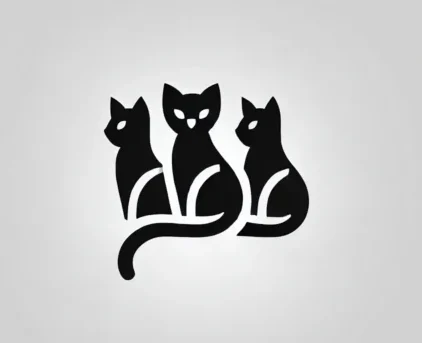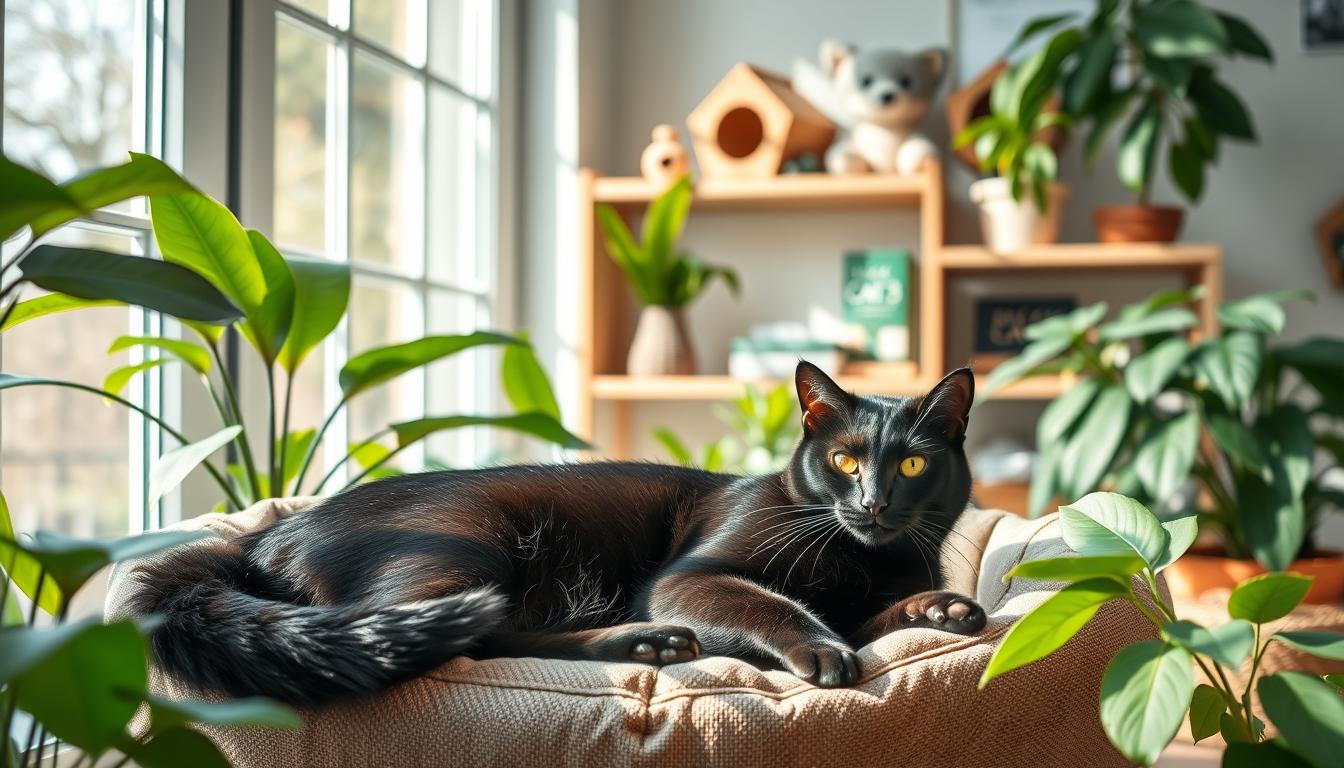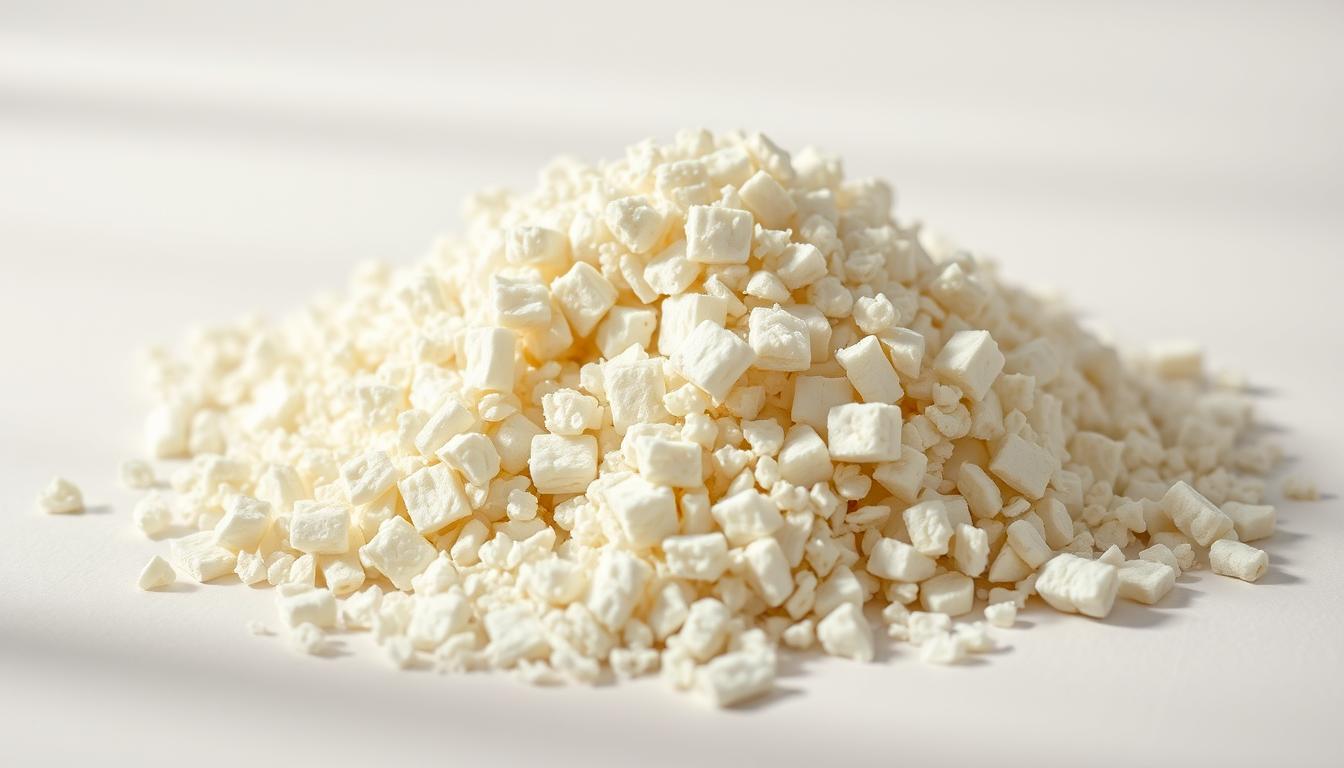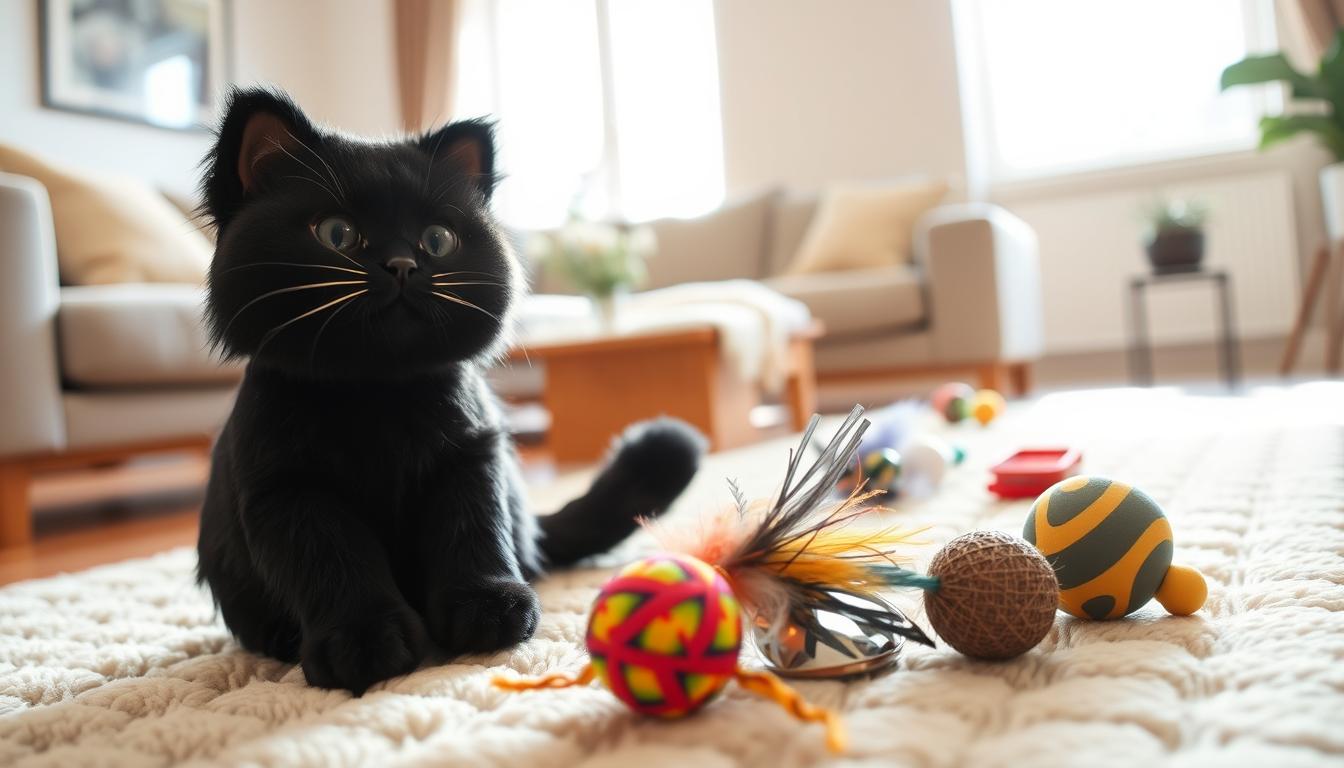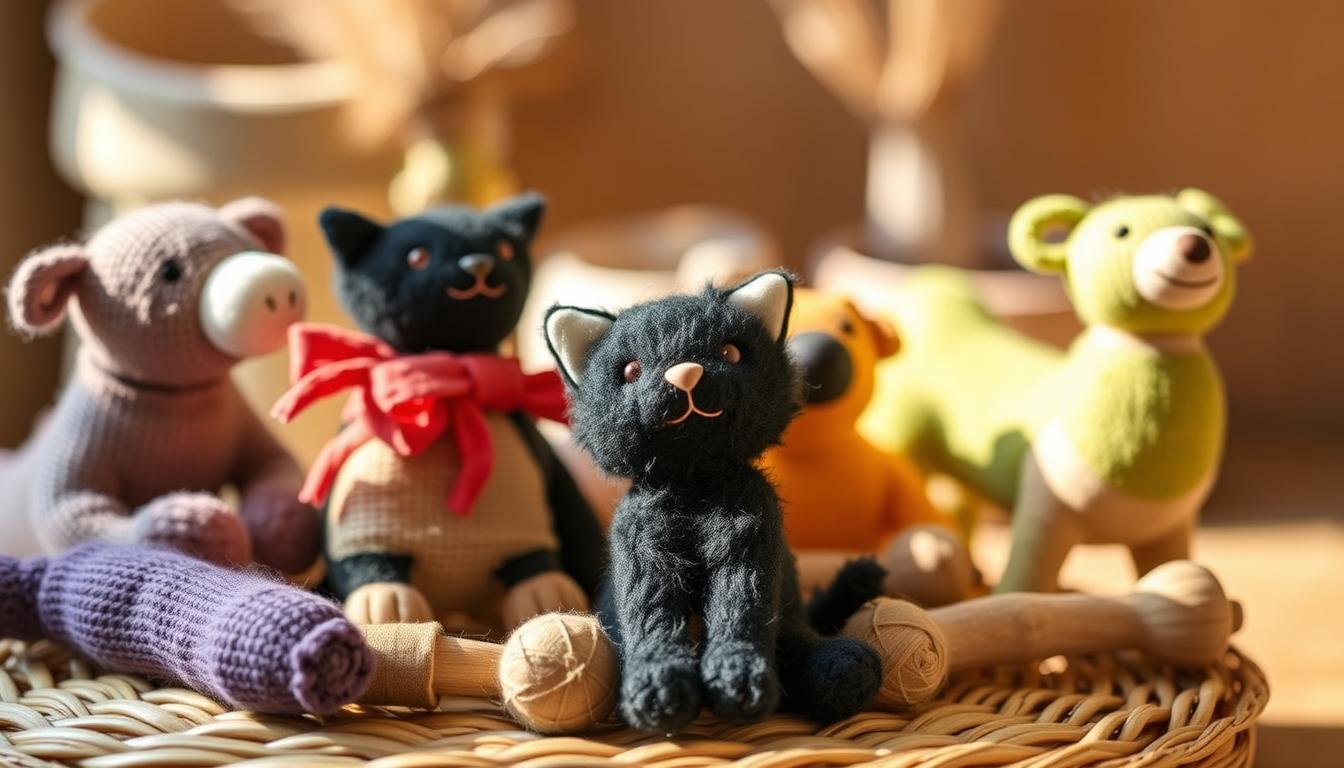Imagine a cozy afternoon with your furry friend curled up beside you. The sun filters through the window as you gently brush their soft fur. Now picture this: every choice you make for them—from the shampoo in their bath to the treats in their bowl—can ripple outward, touching not just their life but the world around us.
Small changes matter. Switching to natural pet shampoos, like Wondercide’s plant-based bars, keeps harmful chemicals out of waterways. Even waste management becomes a chance to help the planet. “It’s like planting seeds of kindness,” says one parent, “that grow into something bigger.”
This journey isn’t about perfection. It’s about progress. Holistic treatments and biodegradable toys show how simple swaps add up. Together, we can nurture our pets and protect the Earth—one thoughtful step at a time.
Key Takeaways
- Natural shampoos and biodegradable products reduce environmental harm.
- Small daily choices create meaningful change for the planet.
- Brands like Wondercide offer eco-friendly alternatives for pet care.
- Waste management can be both practical and planet-friendly.
- Every action helps build a healthier future for pets and people.
Embracing Eco-Friendly Cat Products and Supplies
A simple switch in your shopping basket can turn everyday pet care into a planet-friendly practice. Whether selecting grooming items or cleaning tools, each choice helps create a safer home and a healthier world.
Eco-Friendly Shampoos and Treatments
Natural shampoos made with plant-based ingredients avoid harsh chemicals that irritate skin. Brands like Earthbath use oatmeal and aloe vera instead of parabens. “Gentle formulas protect their coat,” explains Dr. Judy Morgan, “while keeping waterways clean.” Her rosemary-based flea spray repels pests without harming beneficial insects.
Green Cleaning and Waste Management
Choose cleaning products in recycled paper wrappers or refillable containers. Baking soda and vinegar tackle odors naturally, reducing plastic bottle waste. One parent shares, “We reuse old jars for storing homemade litter deodorizer—it’s fun for kids to decorate them!”
Biodegradable litter options, like those made from corn or wheat, break down faster in landfills. Pair them with compostable bags to minimize your environmental footprint. Small changes, multiplied by millions of pet owners, create pawsitive change.
DIY Cat Toys and Beds for a Greener Home
Transform ordinary household materials into playful treasures your furry friend will adore. Empty cereal boxes, worn-out sweaters, and mismatched socks hold hidden potential. “Our kitten chases rolled-up recycled paper balls more than store-bought toys,” laughs one creative pet parent.
Upcycling Everyday Materials
Old t-shirts become braided rope toys with just scissors and knots. Suitcases with broken zippers? Turn them into cozy hideaways by adding a soft towel inside. These alternatives keep items from landfills while sparking joy. Even a simple cardboard box becomes a castle with cut-out windows.
Simple Step-by-Step Projects
Try this five-minute crinkle toy:
- Cut two fabric squares from denim scraps
- Place crinkled recycled paper between them
- Sew edges with thick thread
Watch paws bat it across the floor! For beds, stuff pillowcases with shredded newspaper—anoptionthat’s comfyandearth-friendly.
These projects make afternoons fun while teaching kids about reusing resources. As one family notes, “Decorating repurposed jars for treat storage became our Saturday tradition.” Every homemade creation whispers, “We care—for our pets and our planet.”
Know Your Cat’s Natural Nutrition
Ever wonder what fuels those midnight zoomies or contented purrs? Just like people, felines thrive when their meals match their wild roots. Fresh, whole-food choices nourish their bodies while shrinking your household’s carbon pawprint.
Homemade and Raw Diet Benefits
Raw feeding mimics what cats eat in nature—think juicy chicken thighs or flaky fish. Dr. Judy Morgan notes, “Properly prepared raw meals boost digestion and energy levels.” A balanced plate includes:
- 80% muscle meat (like turkey or beef)
- 10% organs (heart, liver)
- 5% edible bones
- 5% veggies like steamed pumpkin
Families using homemade cat food often report shinier coats and fewer vet visits. Plus, skipping factory-made kibble cuts plastic packaging waste by up to 70% annually for a two-pet household.
Balancing Nutritional Needs Naturally
Creating complete meals requires planning. Tools like Perfectly Rawsome’s calorie calculator help measure portions based on weight and activity. Always add taurine—a vital nutrient found in dark poultry meat.
Try this simple recipe: mix ground chicken thighs with chopped liver and a spoon of crushed eggshells for calcium. Freeze individual servings in reusable containers. “Our tabby’s allergies vanished after switching,” shares one relieved parent. Remember—consult your vet before changing diets!
Indoor Living for a Healthier Environment
What if your feline friend’s playful antics could protect songbirds and keep them safe? Indoor living creates a protective bubble—shielding pets from traffic while preserving local ecosystems. Studies show housebound felines live longer, healthier lives compared to outdoor roamers.
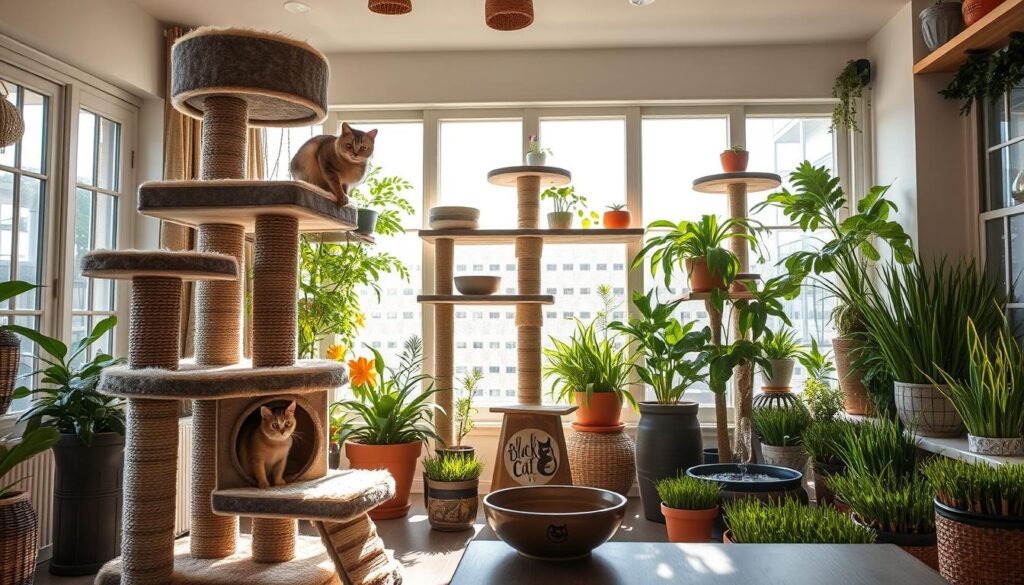
Creating an Enriched Indoor Space
Turn your home into a jungle gym! Mount shelves at varying heights for climbing adventures. Hide treats in cardboard tubes to spark hunting instincts. “Our tabby spends hours batting a feather toy tied to a chair leg,” shares mom-of-two Rachel.
A well-placed litter box matters. Choose eco-friendly cat litter made from recycled paper or walnut shells. Place it in quiet corners—cats prefer privacy. Add soft blankets near sunny windows for lazy afternoon naps.
Indoor life reduces risks like parasites and protects wildlife. Stray felines hunt over 2 billion birds yearly in the U.S. alone. By keeping pets inside, families help balance the environment.
Try these simple upgrades:
- Dangle ribbons from doorframes for leaping practice
- Rotate toys weekly to maintain curiosity
- Install a bird feeder outside windows for “cat TV”
Every cushioned perch and interactive game says, “We care.” It’s not just about safety—it’s crafting a home where whiskered companions thrive while guarding our shared environment.
Sustainable Cat Care and Litter Options
What if your feline’s bathroom habits could nurture gardens instead of filling landfills? The right litter choice becomes a quiet act of stewardship. Natural options made from soybeans, coconut husks, or recycled paper break down safely, unlike clay-based varieties that linger for centuries.
Plant-Based and Biodegradable Litters
SoyKitty’s corn-based clumps dissolve in water, perfect for composting. “Our flower beds thrive with nutrient-rich soil from used cat litter,” shares urban gardener Mia. These litters skip synthetic perfumes and silica dust—common irritants in traditional options.
Compare two popular choices:
- Pine pellets: Neutralize odors naturally, last twice as long
- Wheat clumps: Flushable and lightweight, reducing plastic bag use
Disposal matters. Scoop daily into compostable bags instead of plastic grocery sacks. Avoid flushing clay-based varieties—they clog pipes and harm aquatic life. One family found creative reuse: “We line trash cans with old paper litter bags!”
Eco-friendly packaging completes the cycle. Brands like Ökocat use recycled cardboard boxes printed with plant-based inks. Small choices, multiplied across millions of homes, turn tiny paws into mighty forces for change.
Population Control: Spaying, Neutering, and Responsible Reproduction
Did you know a single pair of cats can lead to 5,000 descendants in seven years? This surprising math shows why managing feline populations matters. Spaying and neutering stop overcrowded shelters while keeping pets healthier. “It’s the kindest choice we make for our animals,” says veterinarian Dr. Sarah Ellis.
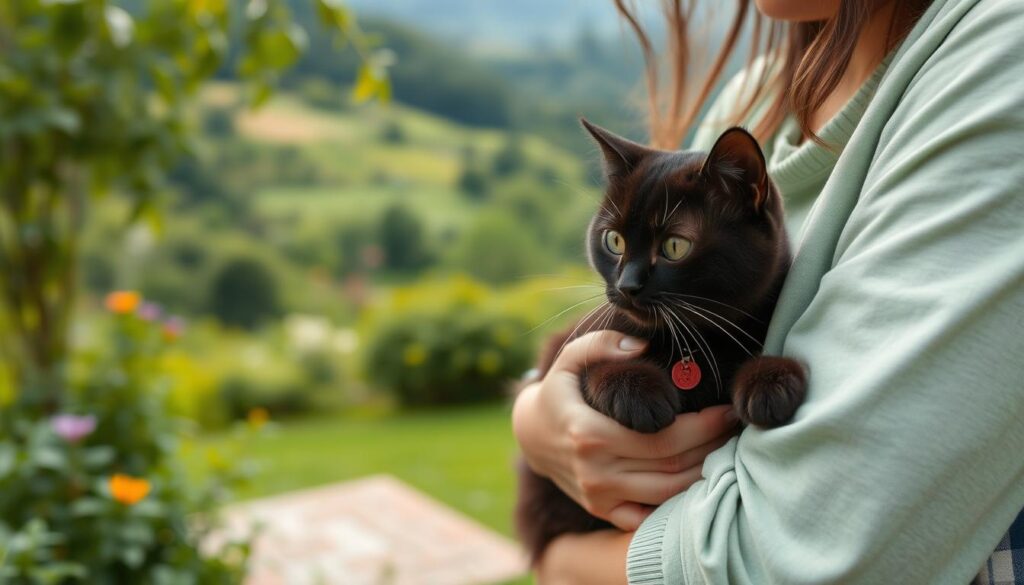
Benefits for Your Cat’s Health
Fixed pets live longer, happier lives. Females avoid uterine infections, while males roam less and stay safer. Studies show spayed cats have 63% lower mammary cancer risks.
| Health Factor | Spayed/Neutered | Unaltered |
|---|---|---|
| Cancer Risk | Reduced by 60% | Higher rates |
| Roaming Behavior | Decreases 90% | Frequent escapes |
| Average Lifespan | 12-15 years | 8-10 years |
Reducing Environmental Impact
Every unplanned litter strains animal shelters and ecosystems. Outdoor cats hunt 2.4 billion birds yearly in the U.S. By preventing unwanted births, we protect wildlife and reduce euthanasia rates.
Vets recommend fixing pets by 5 months old. Many clinics offer low-cost options, making this choice accessible. As one shelter worker notes, “Three fewer litters this year means 15 fewer strays next winter.”
Responsible reproduction isn’t just about individual animals—it shapes our shared world. When we care for pets thoughtfully, we nurture entire communities.
Adopting Eco-Friendly Habits for Cat Owners
What if loving a furry companion could also show kindness to the Earth? Simple shifts in how we welcome pets into our homes make waves. Families can create joyful traditions while shrinking their environmental pawprint.
Adopt, Don’t Shop Initiatives
Animal shelters overflow with whiskered friends needing homes. Choosing adoption reduces demand for breeding facilities, which often use excessive packaging and transport. “Our rescue tabby came with a secondhand bed and toys,” shares mom-of-three Lisa. “It felt like giving things a new purpose.”
| Adoption Benefits | Buying Impacts |
|---|---|
| Saves 400 lbs of CO2 per pet | New items create 3x more waste |
| Reuses existing supplies | Plastic carriers often discarded |
| Supports community shelters | Encourages mass production |
Repurposing Pet Items and Recycle Practices
Turn old sweaters into scratching posts by wrapping them around cardboard tubes. Empty oatmeal containers become treat puzzles when holes are cut in the lids. “We host monthly craft nights to remake toys,” says teacher Mark Davis. “The kids love inventing games for our tabby.”
Try these easy swaps:
- Use mismatched socks as feather wand holders
- Convert broken baskets into cozy nap nooks
- Donate unused items to local rescues
Every reused blanket or upcycled toy whispers, “We cherish our planet.” As one grandparent notes, “Teaching grandchildren to sew catnip pillows from fabric scraps became our favorite rainy-day activity.” Small choices blossom into lasting change.
Conclusion
Every purr and pawprint holds power to shape our world. By choosing plant-based litters or upcycled toys, families turn daily routines into acts of love for the Earth. “Our homemade scratching post from old sweaters became Mittens’ favorite spot,” shares one parent, proving creativity fuels change.
Simple swaps matter. Opting for biodegradable bags instead of plastic, or selecting food with minimal packaging, reduces household waste. These choices ripple outward—like pebbles tossed into a pond—creating waves of positive impact.
Share these practices with neighbors. Host a toy-making party using fabric scraps, or swap eco-friendly cat litter recommendations. Together, we build communities where whiskered companions thrive alongside thriving ecosystems.
Let each gentle nudge from a furry nose remind us: nurturing pets and protecting the planet walk paw-in-paw. Start today—one repurposed jar, one compostable scoop, one joyful leap toward a brighter tomorrow.
